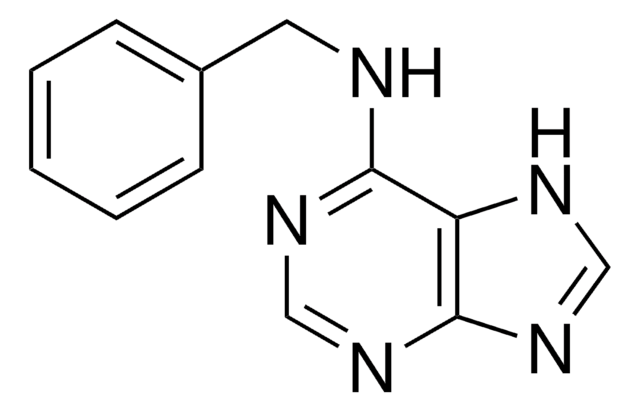N7161
Nogo-66(1-40) antagonist peptide
≥84% (HPLC)
Synonym(s):
NEP (1-40)
About This Item
Recommended Products
Quality Level
Assay
≥84% (HPLC)
form
lyophilized solid
color
white
solubility
H2O: 1 mg/mL
UniProt accession no.
storage temp.
−20°C
SMILES string
[nH]1cnc(c1)C[C@H](NC(=O)CNC(=O)[C@@H](NC(=O)[C@@H](NC(=O)[C@@H](NC(=O)[C@@H](NC(=O)[C@@H](NC(=O)[C@@H](NC(=O)[C@@H](NC(=O)[C@@H](NC(=O)[C@@H](NC(=O)[C@@H](NC(=O)CNC(=O)[C@@H](NC(=O)[C@@H](NC(=O)[C@@H](NC(=O)[C@@H](NC(=O)C)CCCNC(=N)N)[C@H](CC)C)Cc6ccc(cc6
InChI
1S/C206H324N56O65/c1-23-104(15)163(258-169(292)109(20)226-174(297)126(59-67-148(210)272)240-201(324)166(107(18)26-4)261-199(322)160(101(9)10)255-153(277)92-223-171(294)120(41-30-33-75-207)230-186(309)138(86-115-51-57-119(271)58-52-115)249-202(325)165(106(
InChI key
OLEKMOOQFWTQGD-SJQNMCRDSA-N
Gene Information
human ... RTN4(57142)
Amino Acid Sequence
Application
- to study the preliminary therapeutic effect after inhibition of Nogo-A in the cauda equina compression (CEC) model
- to determine the effects of Nogo-A/NgR1 on autophagic activation
- to study its role in Nogo-B mediated axonal branching using Schwann cells and sensory neurons of mice
Biochem/physiol Actions
Legal Information
Storage Class Code
11 - Combustible Solids
WGK
WGK 3
Flash Point(F)
Not applicable
Flash Point(C)
Not applicable
Personal Protective Equipment
Choose from one of the most recent versions:
Certificates of Analysis (COA)
Don't see the Right Version?
If you require a particular version, you can look up a specific certificate by the Lot or Batch number.
Already Own This Product?
Find documentation for the products that you have recently purchased in the Document Library.
Our team of scientists has experience in all areas of research including Life Science, Material Science, Chemical Synthesis, Chromatography, Analytical and many others.
Contact Technical Service








